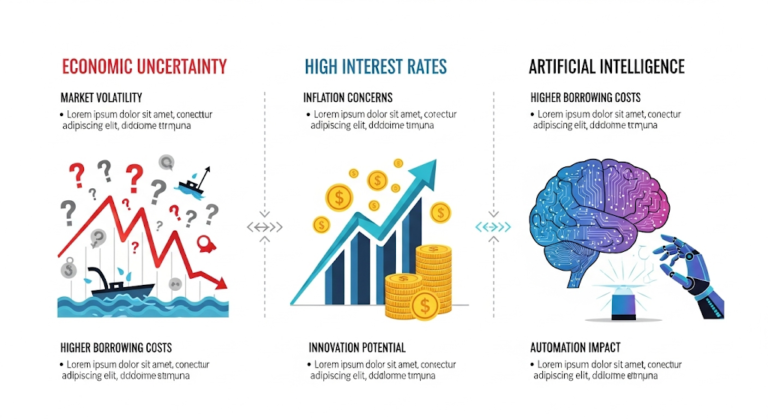The global tech industry is in the midst of a significant shift, with a wave of layoffs impacting more than just a few companies, as a combination of economic uncertainty, high interest rates, and the rapid advancement of artificial intelligence (AI) has led to widespread job cuts.
According to data collected by RationalFX, more than 138,000 people in the tech sector have lost their jobs so far in 2025. If this trend continues, the total number of layoffs could surpass 242,000 by the end of the year. This isn’t a future concern; it’s a current reality. The data shows that AI is already here and actively reshaping the workforce.
American companies are at the forefront of this downsizing, with over 96,000 job cuts primarily concentrated in California and Washington. Even major players are not immune: Intel plans to reduce its workforce by 31%, while Microsoft has cut nearly 19,000 jobs despite its record-high profits. The layoffs aren’t limited to entry-level positions either; senior managers and even AI directors are being impacted.
The shift is driven by a simple equation: AI is cheaper, faster, and more efficient. Companies are increasingly choosing to automate roles once considered safe, redefining or eliminating them entirely. Jobs in data analysis, customer service, and even some coding positions are being replaced by AI-powered systems.
This trend is evident in the actions of companies like Chegg, which cut 22% of its staff after launching its AI learning assistant. Similarly, Meta has poured billions into AI investments while simultaneously slashing thousands of jobs. The irony is clear: these cuts are happening at companies that are doing well financially. This isn’t just about survival; it’s about maximizing efficiency and securing a future advantage.
The new jobs being created today require skills that were not considered essential just a few years ago. Workers need to be proficient in AI, have cloud computing expertise, and demonstrate technical agility. Those who lack these skills are finding themselves at a significant disadvantage.
While new technologies have historically created new opportunities, the transition can be painful. The workforce of the future will be leaner, more specialized, and deeply integrated with AI tools. The critical question for professionals is whether they will adapt and learn to work alongside these new technologies or risk being left behind.


